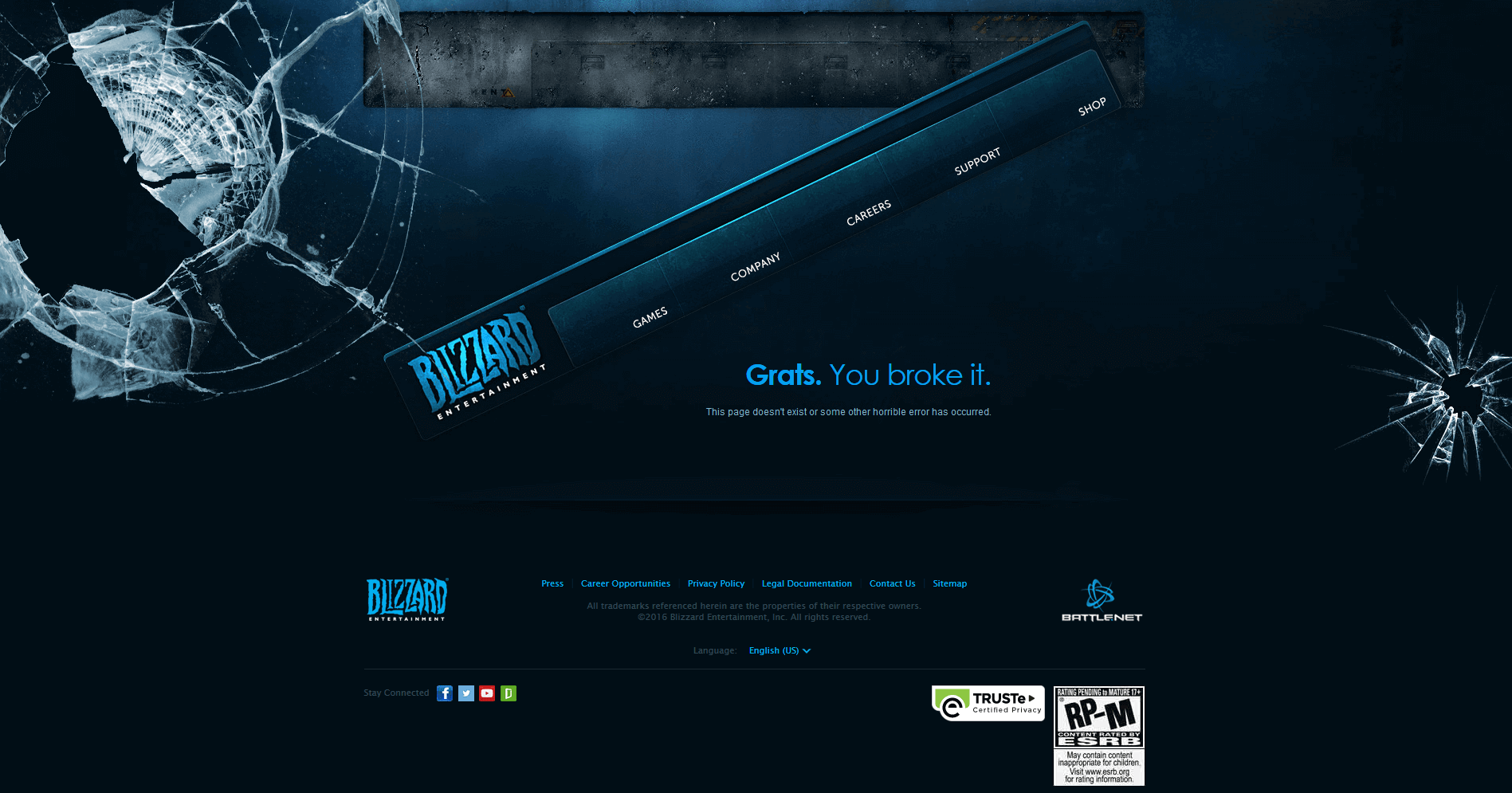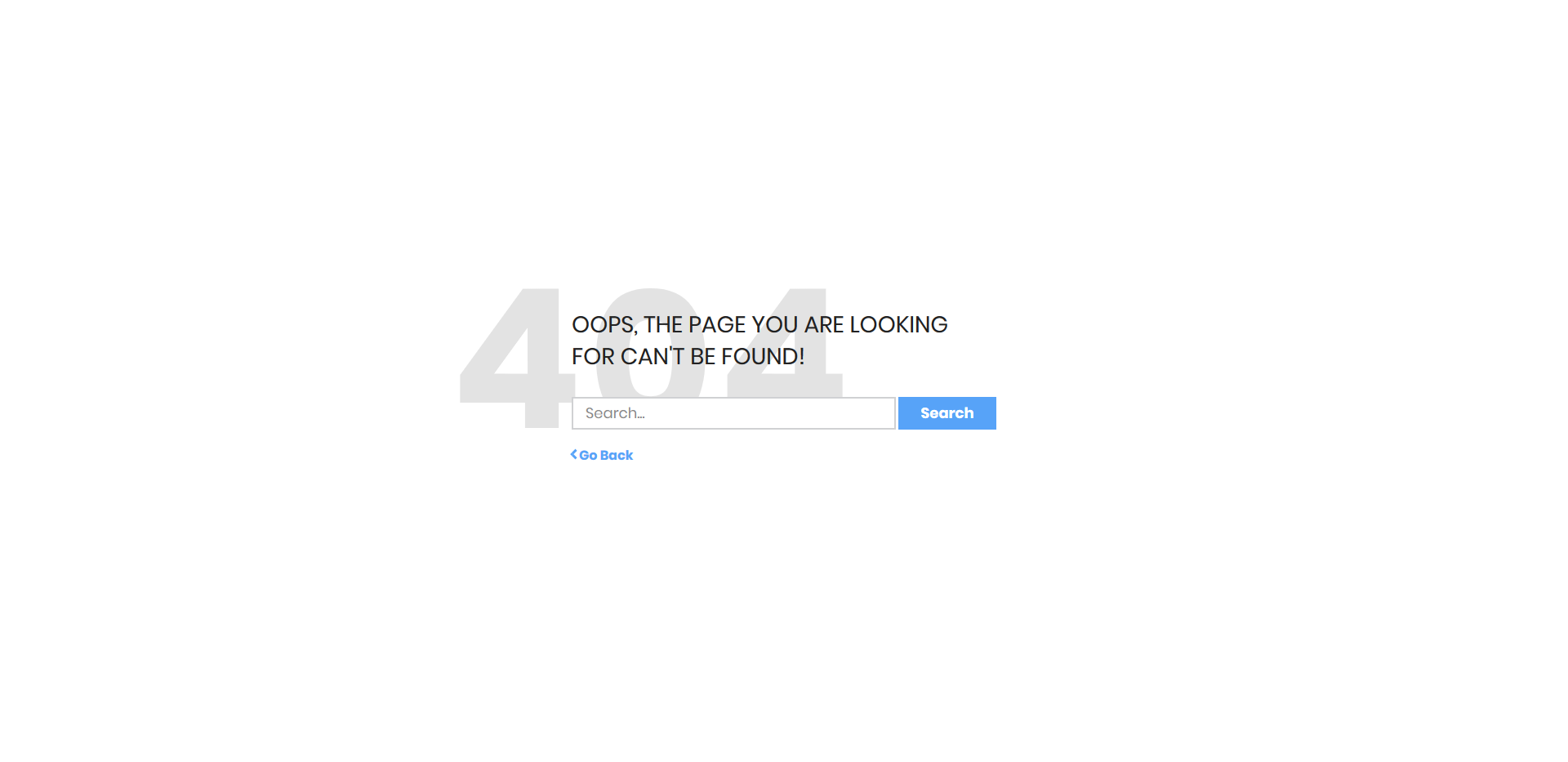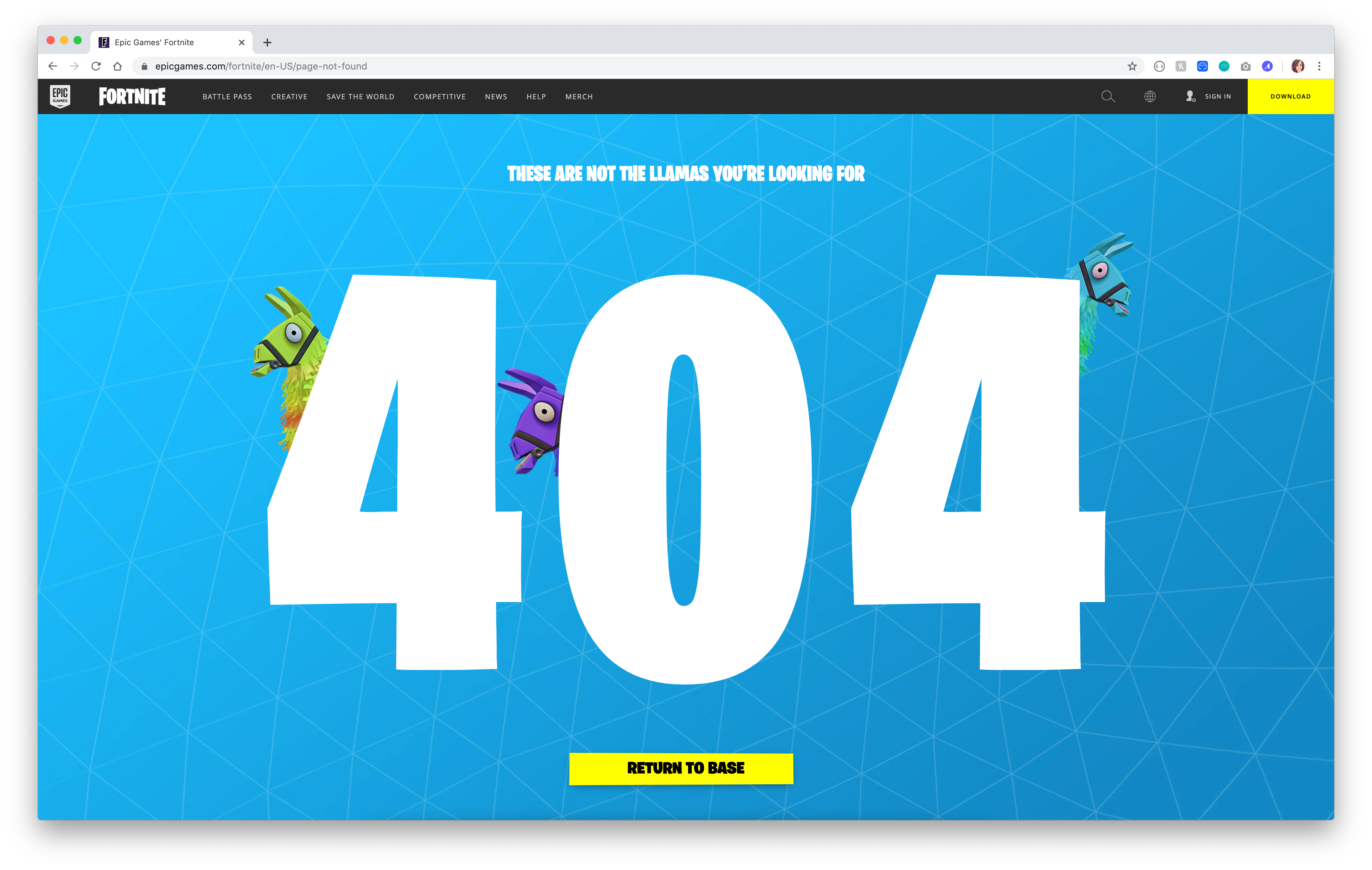


This space offers an opportunity to incorporate your brand in unique ways and demonstrate to the user that your school has a sense of humor. Nobody wants to hit a 404, but when they do, there’s no reason it can’t be an enjoyable experience. Roger Williams University takes this one step further by including links to their most frequently searched for pages, along with a reminder to the user that they should update any old bookmarks to prevent the 404 error from occurring in the future. Hardin-Simmons has also included three CTAs on the page, which is a creative way to drive conversions on a page that isn’t typically utilized as a lead generation tool. The site’s search functionality is also available to help the user find the precise content they need. Visitors to the Hardin-Simmons University site who encounter a 404 are greeted with a concise explanation of what’s gone wrong as well as the full site navigation menu to help them. When done well, however, 404 pages help guide lost users to content they might find helpful and keep them on your site. A 404 Error Message Should Offer a Path, Not a BarrierĪ 404 page may seem like it’s designed to be brick wall - and it often is, unfortunately. The user’s only option is to start over and try something else – a frustrating and negative experience for sure. While it’s clear to the user that something is amiss, a generic 404 page does not provide the user with any further guidance: there are no additional links, site navigation, or search tools to help them find the information. If left to its own devices, your site will generate a generic 404 error messages that will alert the user to the error. These wayward users are then redirected to a catch-all 404 page that – ideally – explains the situation and helps them get back on the right track. When a user tries to access a url where the domain (e.g., is accurate, but the url path isn’t, the website triggers a “404 error” (or “page not found”). Regardless of how the mistake was made, your site now has to decide what to do with this lost user – and get them to a relevant spot on your website. Maybe they bookmarked a page you’ve since removed or simply made a typo when entering a URL directly.

No matter how hard you try, at some point your website users are going to attempt to access pages on your site that no longer exist - or never existed in the first place.


 0 kommentar(er)
0 kommentar(er)
